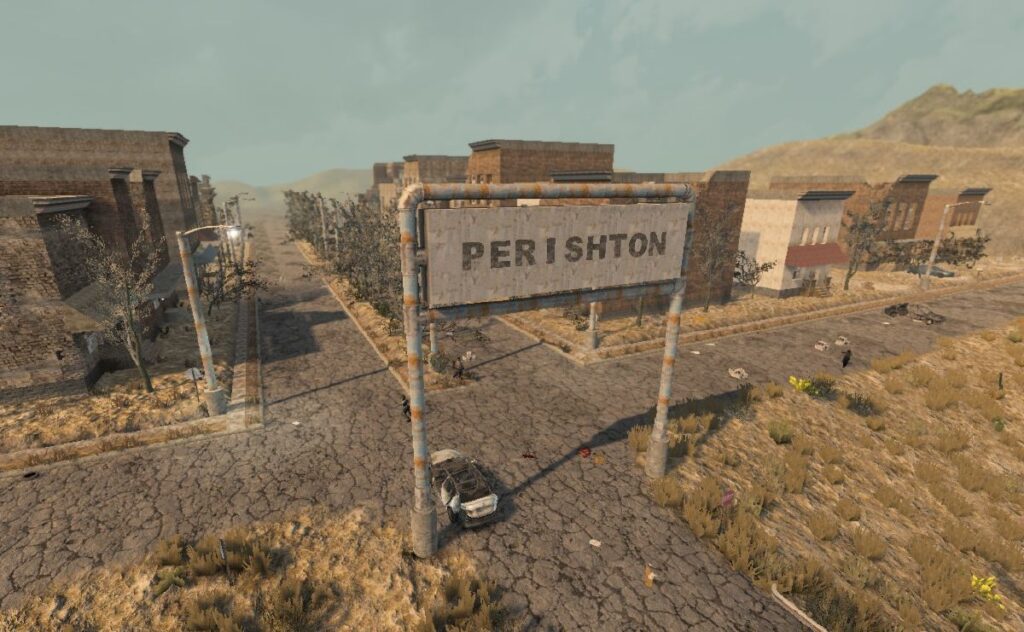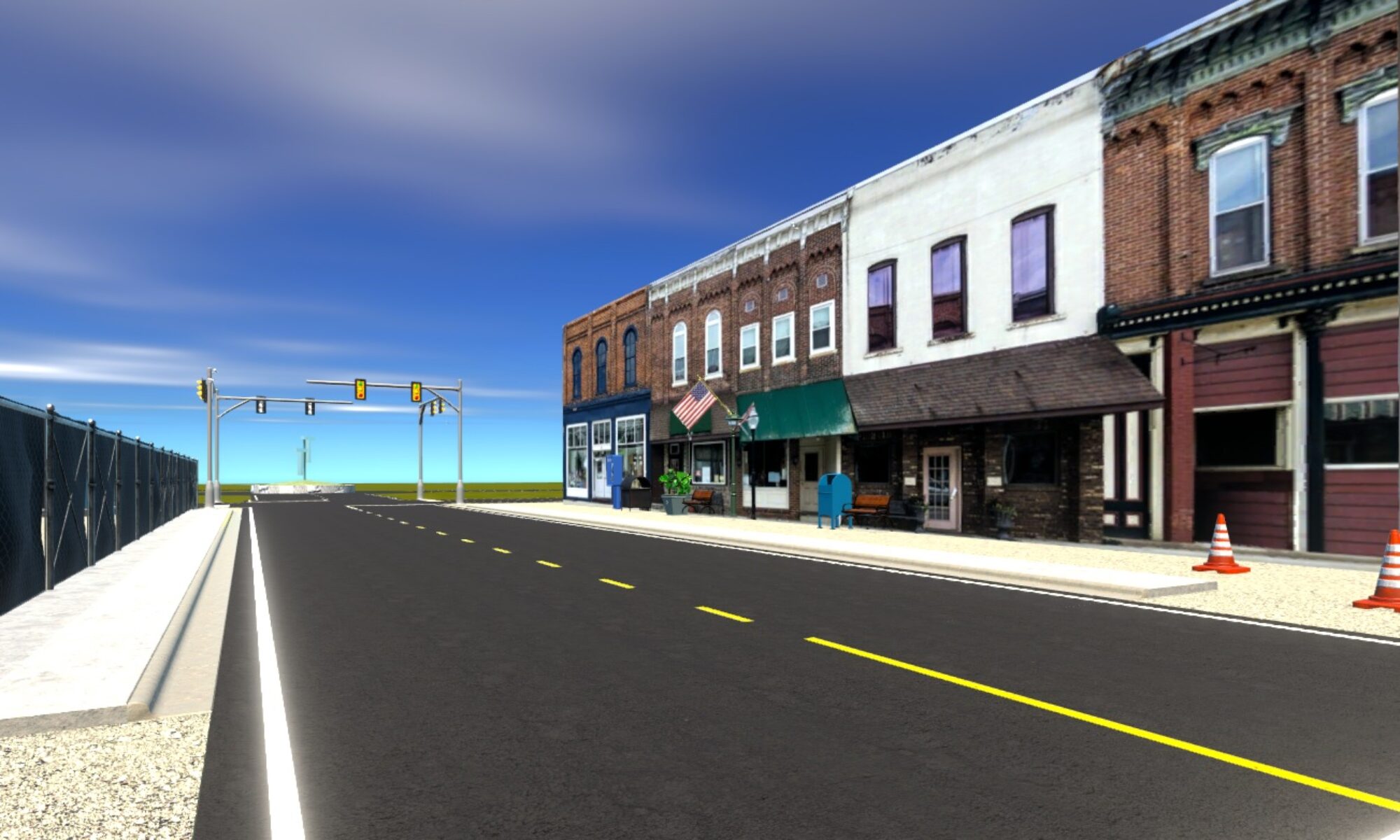I was hyper-focused on releasing CarCoder for a while, but after a work sponsored hackweek where my team built a mobile app that does real time video object detection using Tensorflow, I had another idea that I could not ignore.
In between rocket league binges, I’ve been playing another game called “7 Days To Die” which is a first person/base building/survival/open world/crafting/tower defense/post zombie apocalypse game that I think is cool because of the following reasons:
- It uses marching cubes instead of basic cube rendering for voxel map data
- The game world is randomly generated using a neat blend of actual random landscapes/biomes with these prefab buildings/structures called Points Of Interest (POIs)
Marching cubes is established now but it’s a way of rendering a voxel based environment in a more realistic manner than just rendering a bunch of cubes (think Minecraft)
The prefab POIs are cool because they add these playable miniquests to the random world so there’s not just the typical sandbox experience like minecraft where you don’t have any real incentive to do much until nightfall. The only problem is once you’ve played one, if you see it again somewhere else, you already know everything about it, they are static elements that are always the same no matter how many times they get regenerated into a new world.

The idea I had was to change this, so that we could randomly generate POIs using machine learning so the player has an almost infinite amount of content. It’s a bold strategy and it will fail short of the goal but there’s so much that can be done easily with tools that exist right now I can’t think of a good reason not to pursue this project. I’m also using this to build my overall software engineering design/architecture skills so I can at least claim the work done here won’t be a complete waste ;).

